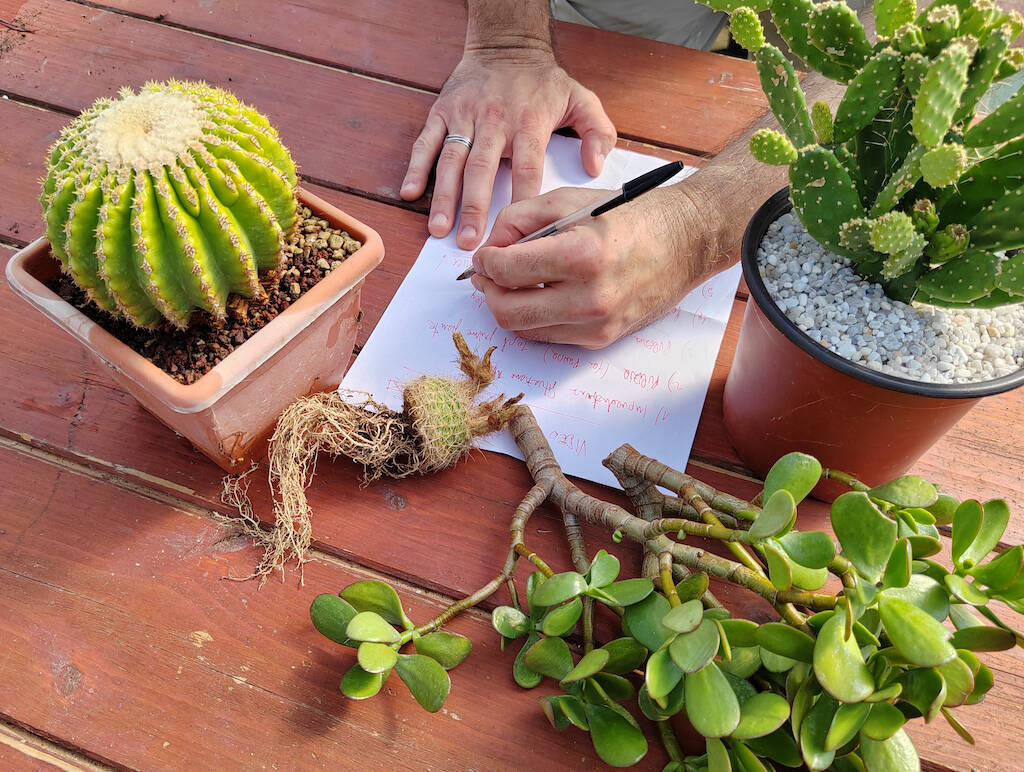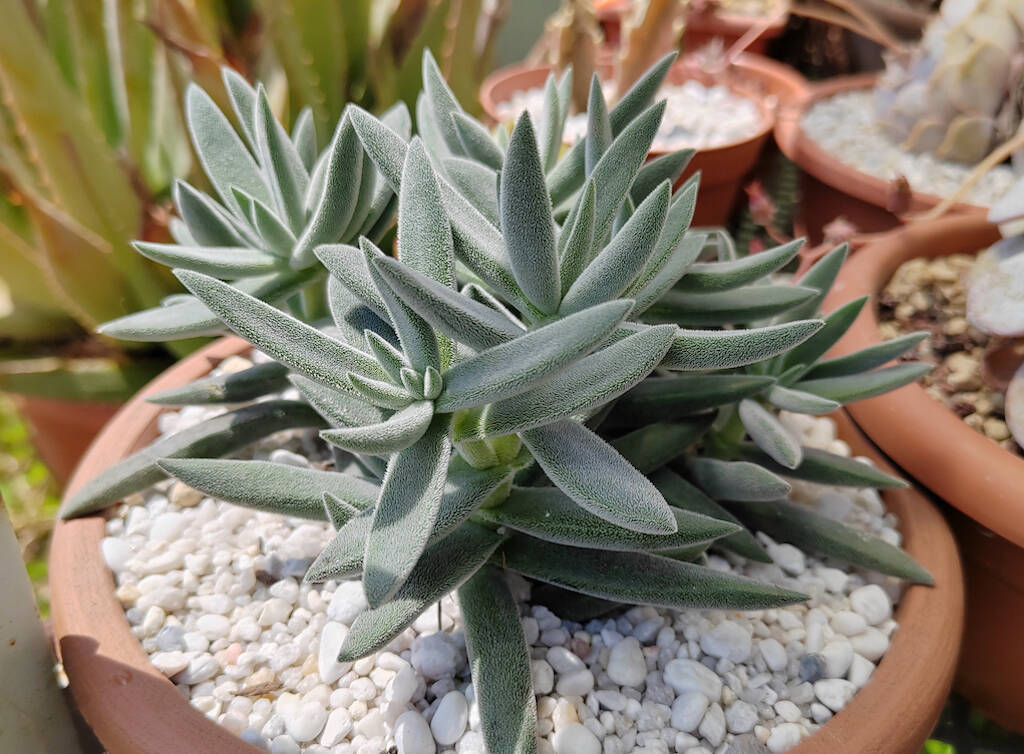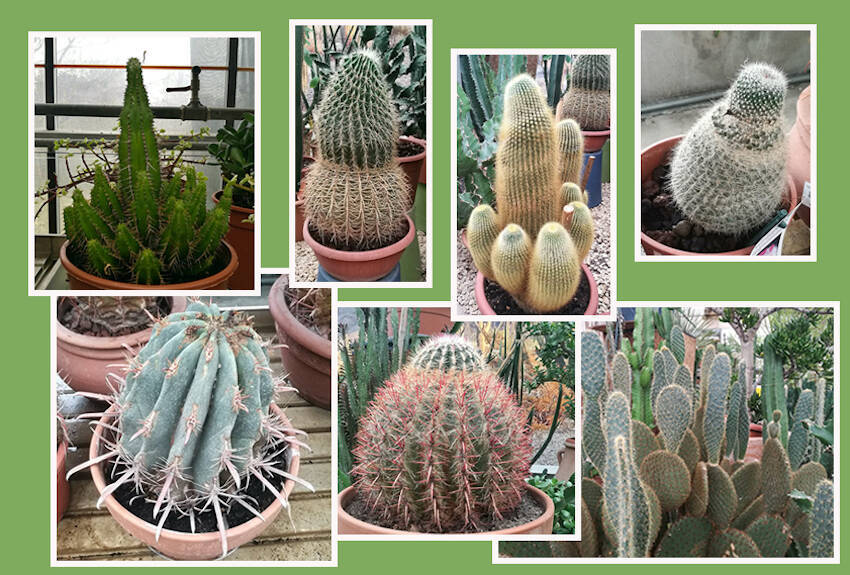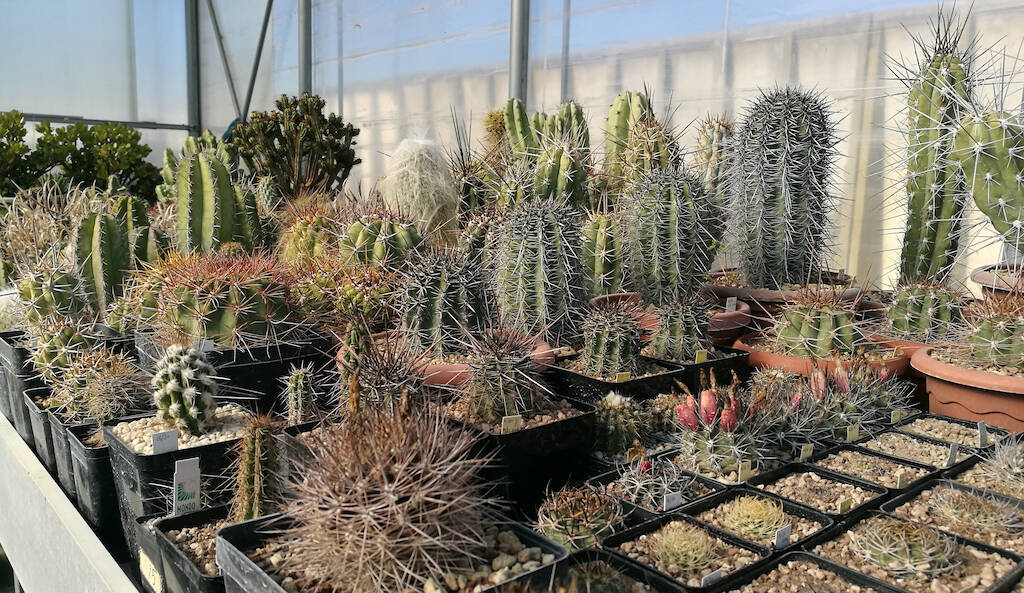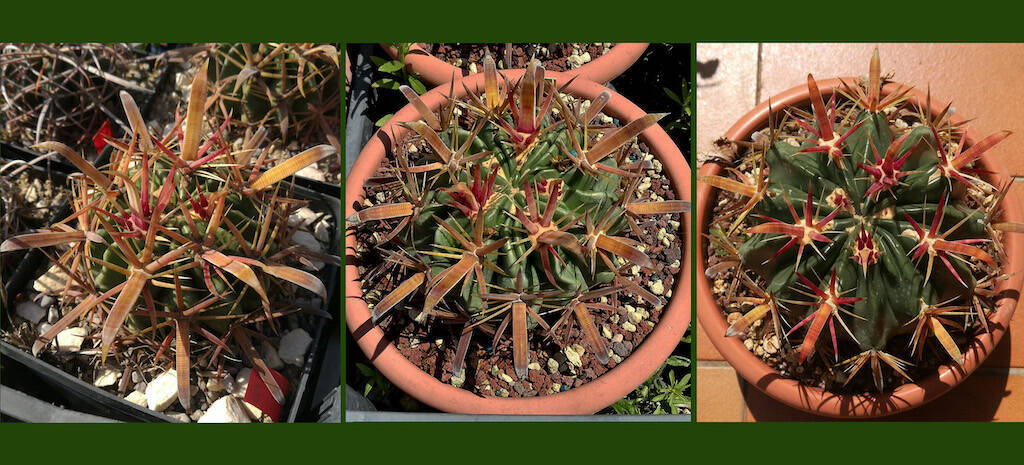Full sun? But what do you want to know, the window on the landing is enough! Substrate? I buy it ready at the supermarket, it’s perfect. The pots? The smaller the better: never leave more than half a centimeter between the plant and the edge of the pot… And so on, by dint of amenities, false beliefs, hearsay phrases that rapidly becomes dogma because… because it was said by that guy on Facebook and it’s immediately clear that he’s someone who knows about it because his videos has the right lights and Kubrick seems to have done the editing for him. Joking aside, how much nonsense do we still have to hear today about the cultivation of cacti? How many improvised “influencers” ride the crest of social media driven by the Mistral of likes (yes, likes, which in jargon are called “the metrics of vanity”…) and, supported by legions of followers and big thumbs up, they deliver lessons and conferences winking from the monitors, revealing “5 fantastic tricks you don’t know about cacti” or “how to go from seed to flowering plant in 35 seconds”. Or, with an attitude halfway between the conspiratorial and the revealer of esoteric secrets, they promise to teach you everything, absolutely everything about the cultivation of these splendid plants. Then, perhaps, you dig a little and discover that the influencer on duty has been growing cacti for 2 or 3 years – a gift from grandmother -, keeps them next to the PC or television (“you know, they absorb magnetic rays”), he can’t distinguish a Rebutia from a Begonia and has never bothered to leaf through any book on cacti and succulents. There are also influencers for plants, right? No. There are likeable and well-prepared characters, there are pretty faces who know something, but there is also a lot of “fluff” (forgive the old reporter’s term). So much wrong information, so much confusion and so much unpreparedness.
So, without any desire to offer you “The Word” with this article, here is a handbook, a list of ten things you need to know (or you should already know!) if you really want to cultivate your cacti in the best possible way. Without tricks or deceptions: here we are at the fundamentals, come on. But without these you go nowhere. And I am convinced that even those who, scrolling through the 10 points will say “ah yes, I know” ten times, will find in this handbook a useful tool for reviewing, asking themselves a few more questions and pushing themselves to improve. And rest assured, what follows does not come from the web, but from 30 years of experience in the field, of experiments and failures, from discussions with growers and scholars far more expert than me and from reading a few dozen manuals in Italian, English, French, Spanish (and also German, although in that case, I confess, I limited myself to photographs and captions, not knowing the Teutonic language!) (…)
Per proseguire nella lettura dell'articolo Accedi o Abbonati
To continue reading the article LogIn or Subscribe


